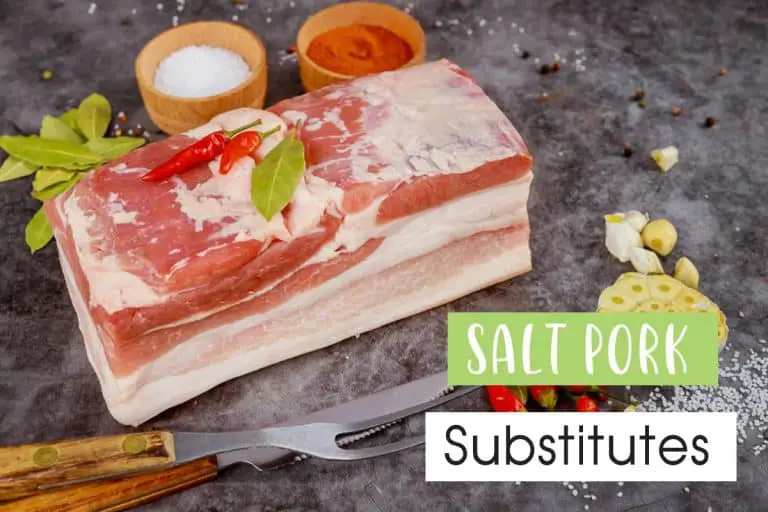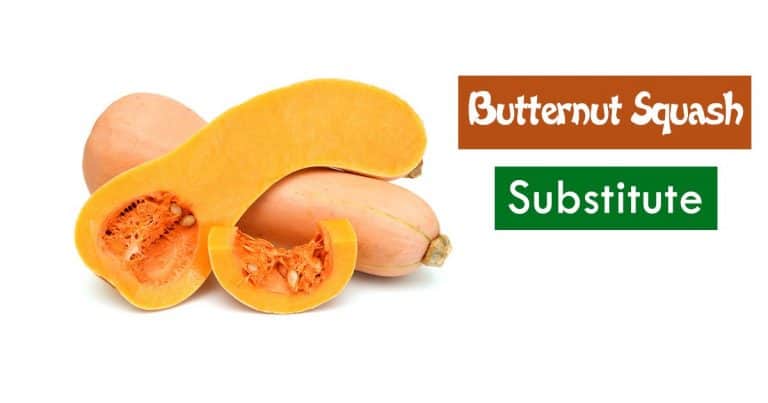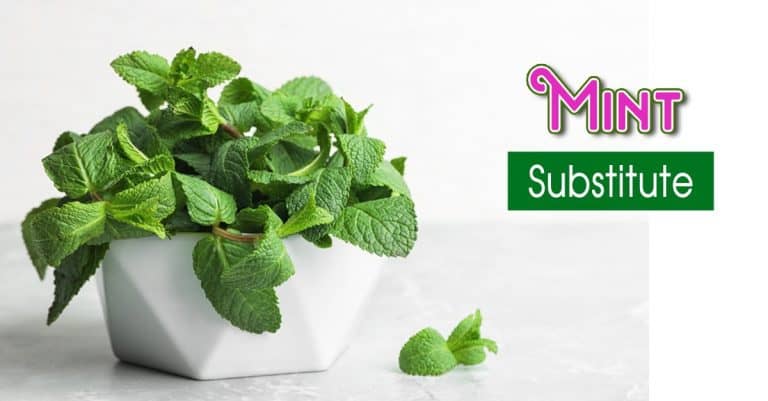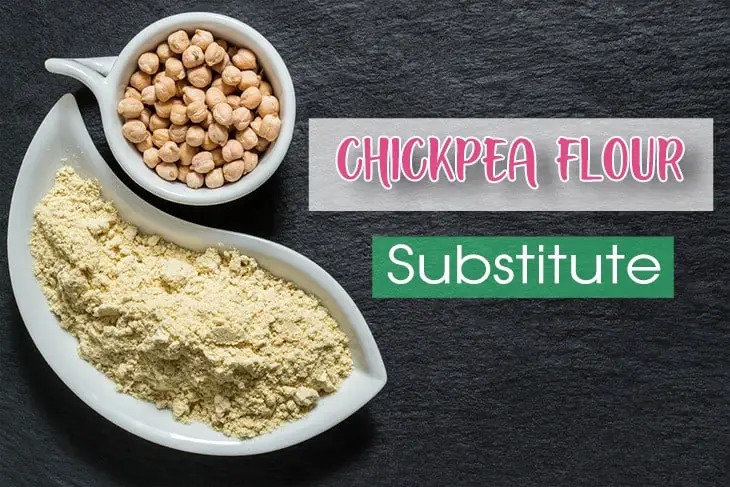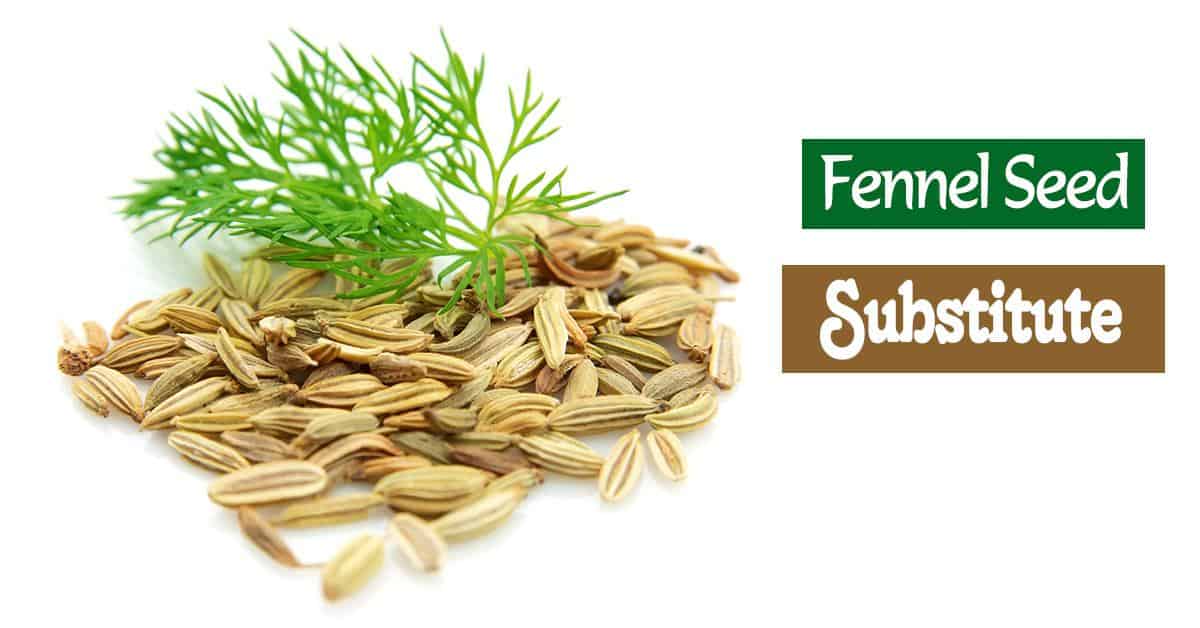
If you are a curry fan, you must have fennel seeds on your kitchen counter; they truly are the soul of the Indian-inspired dish. It could be a disaster if you lack this licorice-like signature in your beloved dish. Don’t worry. We’ve got your back with 13 different fennel seed substitute ideas.
It’s hard to mimic the fennel taste 100%. Its seeds deliver a complex flavor combination of anise and licorice. That’s why we’ve done some trials to compile this list. Keep scrolling down!
Top 13 Fennel Seed Substitutes
1. Fresh Fennel Bulb Or Fennel Fronds
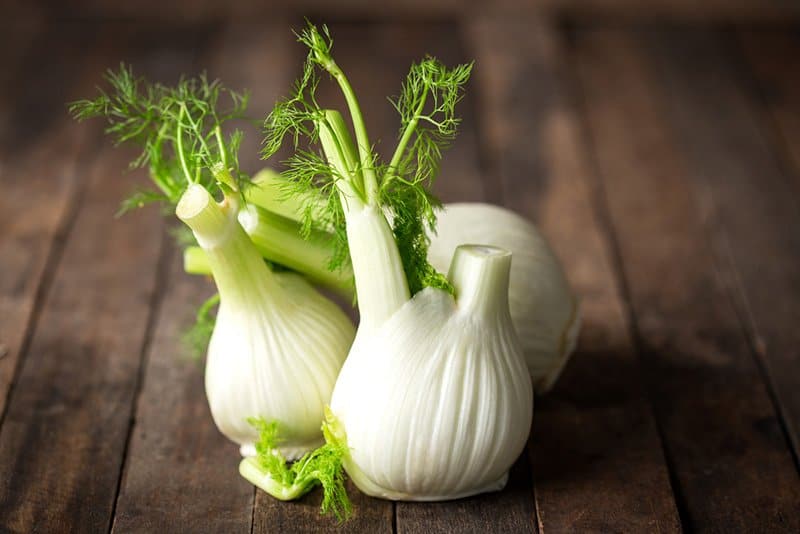
As you may know, all parts of a fennel plant are edible. So, its bulb or fronds are sure to remind you of the seeds’ scent. The fresh fronds and bulbs bring you an extra pungent shade, but they also satisfy you with an anise-like flavor.
The fresh fennel fronds resemble dill plants, best for garnishing in stews or salads. Meanwhile, you can utilize the bulb in stews, pesto, curries, or salmon-based recipes. This crunchy part will transform into a soft and silky texture when sautéed.
The aromatic fennel plants are a heart-friendly ingredient. With a huge amount of minerals like folate and potassium , it is sure to give you a healthy heart.
2. Anise Seeds
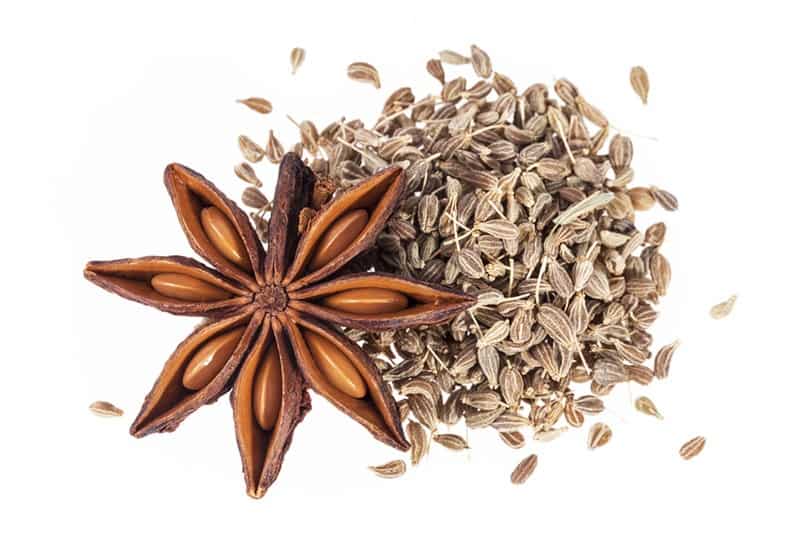
Believe us when we say anise seeds are the best bet for a fennel seed substitute. Despite their different roots, the two share many notes in the taste profile. We always describe fennel’s flavor anise-like, so switching between them won’t make a noticeable change.
It’s also worth noting that anise seeds will give you a little more pungency than expected, though with a smaller size. So, it’s best to substitute an equal quantity to enrich your dish.
Be it ground or whole seeds, you can use anise in stews, soups, braising broths, or meat recipes. But they blossom in most pastries and desserts.
Now, we can’t wait to introduce you to our go-to dinner dish – braised pork belly with anise and ginger.
This aromatic spice will brighten the caramelized glossy pork cooked to perfection with a melt-in-the-mouth tenderness. If the fat layers in this cut can’t tickle your fancy, other pork belly substitutes can help.
Anise seeds are a nutritional powerhouse, offering a wide array of health perks. They boast antibacterial, anti-inflammatory, and antifungal properties to boost your overall health.
You can also use anise to treat stomach ulcers, regulate blood sugar levels, and eliminate the symptoms of menopause and depression.
3. Dill Seeds / Plants
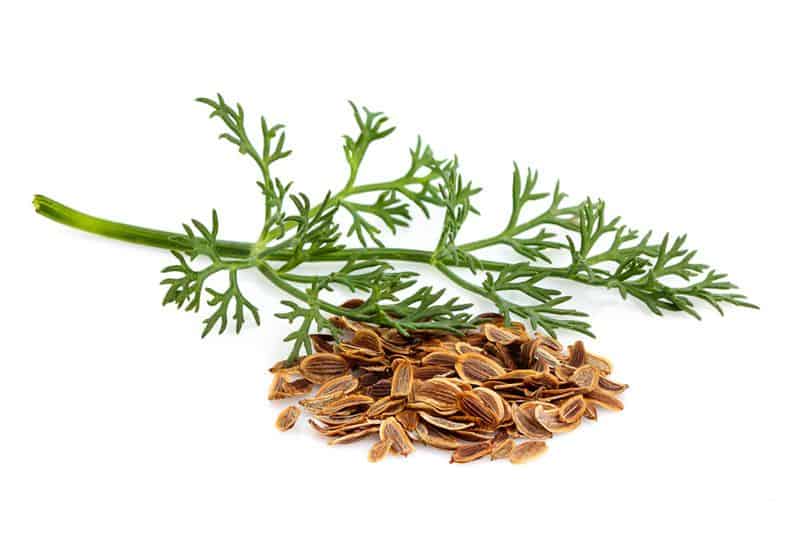
With an anise-like tone and an additional citric note, dill seeds come out as a decent fennel seed replacement. But these seeds are not as intense as the original ingredient, so it’s better to use them more.
As mentioned, the fennel fronds and dill weed are like twins, so why not give this plant a try? The leaves will not only fill in the visual blank but the taste as well. Like its seeds, the leaves remind you of anise and lemon with a grassy undertone.
Like fennel seeds, you can use dill weed or seeds in soups, stews, sauces, or salads. Dill comes with an abundance of magnesium, which can boost your exercise performance and combat depression. Also, vitamin A in dill will give you a healthy vision and skin.
4. Caraway Seeds
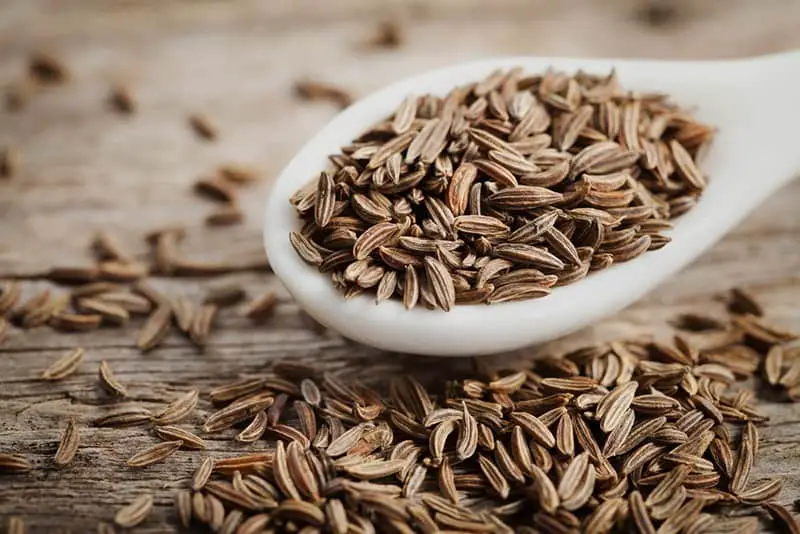
Caraway seeds are reminiscent of anise and licorice root that you can also find in fennel. It’s worth noting that caraway belongs to the licorice family and is somewhat bitter than the original seeds. Some can’t stand this strong scent, so you’d better start with a little pinch first.
You can use these seeds to flavor your soups, curries, vegetables, sausages. We find that crushed seeds work far better in enriching your dish.
This is an effective agent to lower your cholesterol levels, thanks to the high content of dietary fiber it serves. Don’t overlook these small seeds as they are packed with numerous vitamins ( A, C, E, Bs) and minerals (iron, copper, calcium.)
5. Cumin Seeds
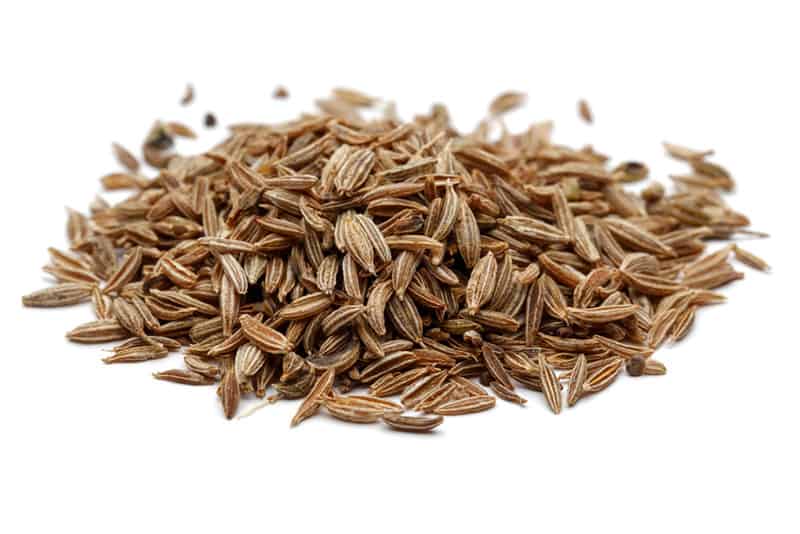
Honestly, cumin and fennel are not that similar in taste, yet they share a nice earthy touch; and both are the soul of curries. You will also notice that cumin delivers a spicy and nutty trace.
Be it powder or seeds, the ideal proportion for substitution is 1:1 for fennel and cumin. Toss them in soups, salads, veggies, or meats. This spice also brightens the jeera rice dish, an Indian-style recipe.
Are you suffering from insomnia? Try adding cumin in your daily diet, and you will be satisfied with the result. It helps relieve anxiety and stress that hinder you from sound sleep.
6. Licorice Root
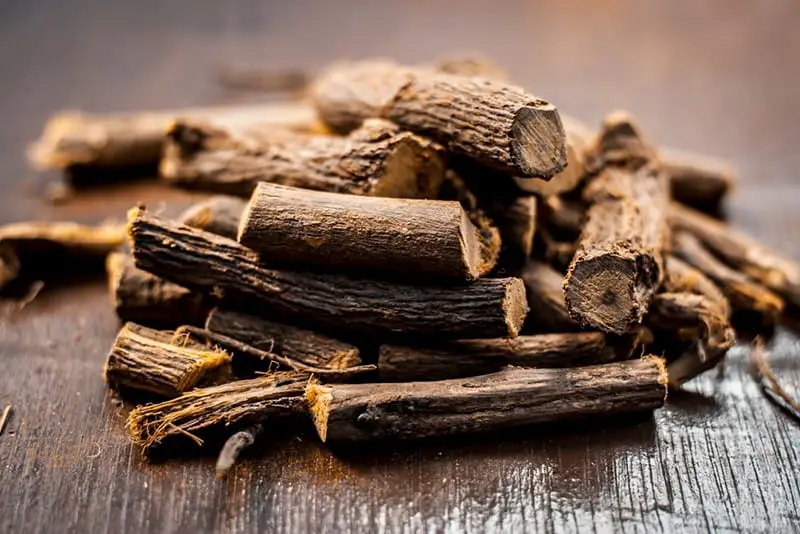
Apart from anise, licorice appears as the second primary note in fennel seeds, so replacing them with this root can partly fulfill your dish. You can either go for the root or powder. Using the roots requires extra effort to steep them in hot water, and you use that liquid for seasoning.
One thing to remember is that this root contains glycyrrhizin, which is about 50 times as sweet as sugar. You will want to use much less licorice, half as much as fennel, for example. Sweet recipes, like pastries or cakes, will love licorice paring. Sometimes, you can use it in a meat rub.
Licorice root is chock-full of potent anti-inflammatory, antimicrobial, and antioxidant effects. People also use it to treat coughs, sore throat and alleviate stomach discomfort. That said, this ingredient brings an unexpected side effect of increasing blood pressure.
7. Mahlab Seeds
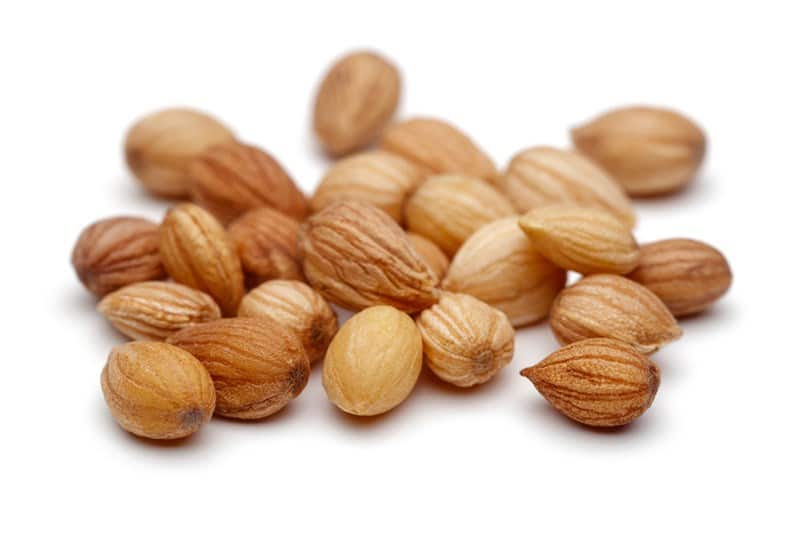
Mahlab seeds are a staple in the Middle East and Mediterranean cuisines. We have to admit that this pick is the worst in terms of fennel-like taste but one of the best when it comes to the crowd-pleasing outcome.
In the first moment when the seeds touch your tongue, you will be impressed with a beautiful balance between sourness and sweetness, revealing a subtle cherry note and an almond aftertaste.
This complex flavor will be the secret that your family and guests will enjoy, pleasantly blending in any sweet and savory recipe. You can use mahlab seeds in red meat dishes, bread, pastries, cookies, and other baked recipes.
This ingredient comes in powder and seeds. If you happen to have only seeds, grind or cook them in advance and add them immediately to the dish. Otherwise, all the essence will soon dissipate.
Mahlab seeds are prized for their positive effect in treating respiratory-related illnesses like bronchitis and cough. You can also benefit from its nerve-calming function to promote healthy sleep.
8. Anisette Liqueur
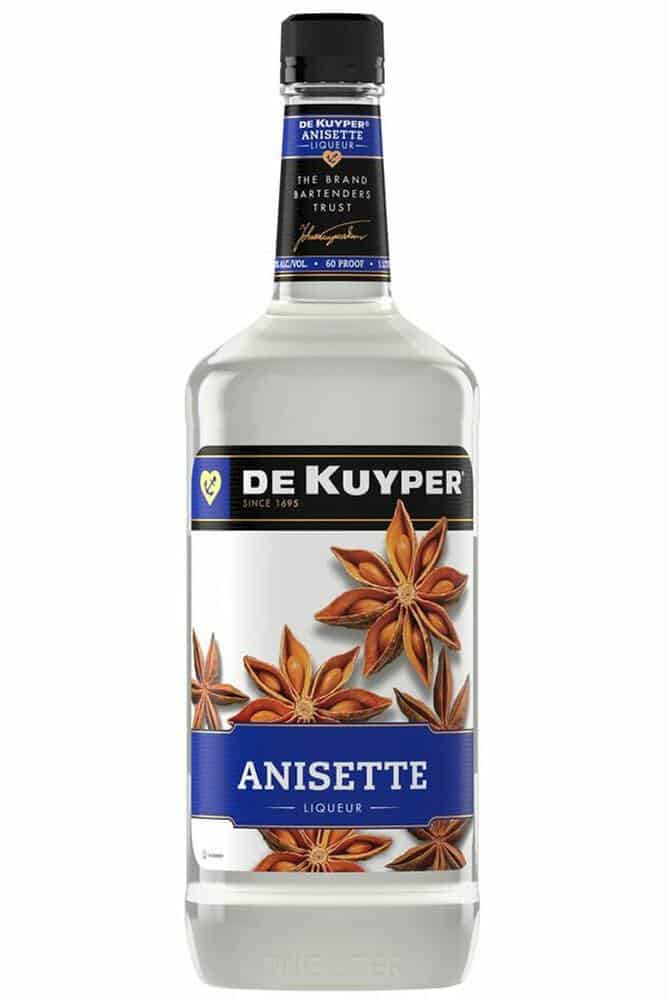
Anisette Liqueur is native to Mediterranean countries, mainly infused from anise seeds and syrup with low alcohol content. Anise is the main element, so this liqueur will be sure to replace fennel seeds in a pinch.
This cooking ingredient is way sweeter than needed, so you will want to dilute the liqueur before using it. Anisette liqueur is best used in sauces, creams, and meat. Be careful if you cook for kids with this alcoholic ingredient.
9. French Tarragon
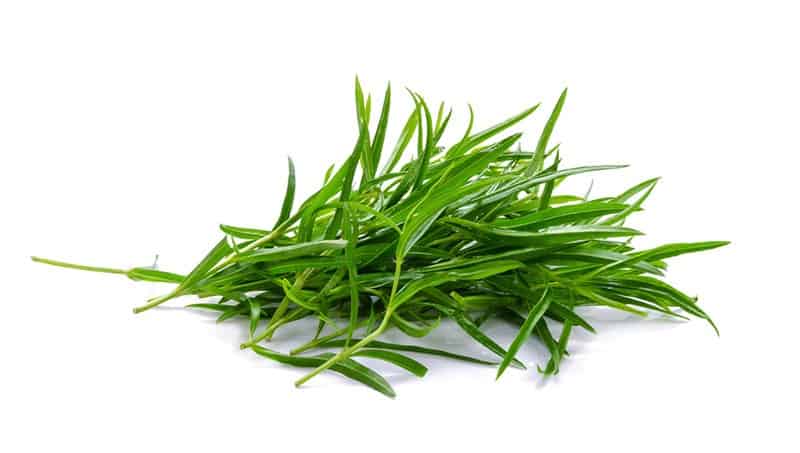
French tarragon is native to Siberia yet a staple in Italian and French cuisine, hence the name. Its complex flavor of pepper, lemon, mint, and a touch of bitterness will come up to the strong scent of fennel seeds and bring you a decent final dish.
With an equal substitution ratio, you can top this herb on sauces, soups, stir-fries, veggies, or salads for a burst of spice. It’s your choice to blend it with other herbs like chives, parsley, and cilantro to make the dish even more flavorsome.
Potassium is the superstar of tarragon, which aids in managing fluid balance, nerve signals, and muscle contractions. This leafy plant is also used to cure digestive problems and improve appetite.
10. Fenugreek Seeds
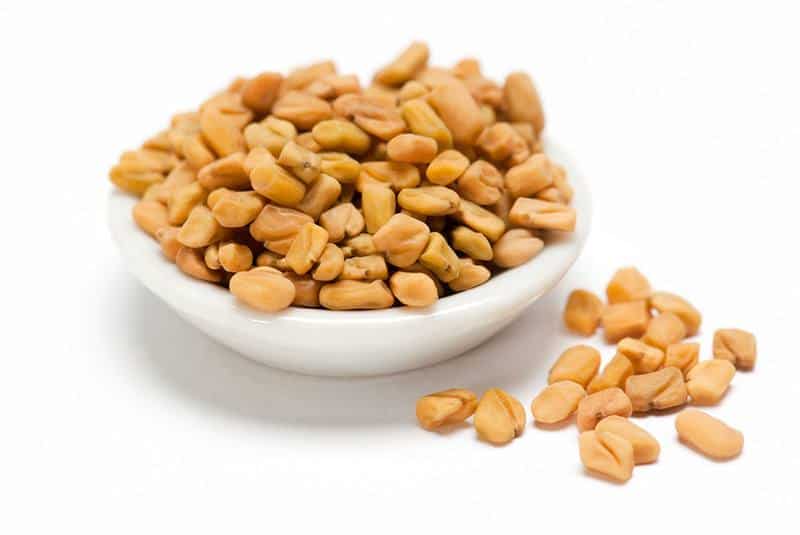
Fenugreek seeds are a mystery in the culinary world. They are incredibly bitter to eat raw but gradually transform to a delicate sweetness reminiscent of burnt sugar and syrup, plus a tangy and nutty trace.
Fenugreek seeds can stand in for fennel seeds with the same sweetness. This aromatic ingredient puts an appealing finish in curries, soups, sauces, veggie dishes or is used in meat rubs.
These seeds come with an antidiabetic property, reducing the glucose absorption of your intestine. Even better, Fenugreek seeds may suppress your appetite and increase satiety, which can stop overeating and aid in weight loss.
11. Parsley

Parsley is no stranger in any kitchen, blowing you with a fresh breath and a peppery kick. Using this plant instead of fennel seeds may similarly bring out an aromatic and herbal dish.
Though the two don’t have many things in common, parsley is readily available to replace fennel seeds in a pinch. You can use parsley as a green dressing for sauces, soups, stews, grilled veggies, stir-fries, and cheese. Remember that the best taste comes out when served raw.
If you are watching your weight, parsley will be a capable assistant. This herb is packed with chlorophyll that can support weight loss and balance blood sugar. What’s more, it comes with several enzymes to promote digestion, which is an important factor in losing weight.
12. Celery

Believe us or not, celery is the out-of-shape cousin of the fennel plant. Though celery gives you nothing in common with fennel seeds, just unleash your creativity. You’ll be surprised, considering how many new delish recipes were born when the chef ran out of ingredients.
Not to mention, some of you may look for a substitute because you can’t stand the robust flavor. Then celery is the way to go. This plant comes with a mild flavor plus a watery crunch and serves you with a visual appeal with its fresh green.
If you are about to use celery as a garnish, it’s best to utilize the leaves only. The stalks are too big and bring less visual effect. You can toss the sliced leaves in salads, sandwiches, braises, soups, stews, stocks, pesto, or meats.
Otherwise, you can make a fresh and healthy smoothie for the whole family. As for main courses, try to pair celery leaves with scallion for a green and flavorful soup. The best thing is that you can dry these leaves for long-time use or making tea.
Celery is known to contain calcium and apigenin. Calcium will strengthen your bones and support bone mass, while apigenin is an active antioxidant treating Alzheimer’s.
13. Fennel Oil
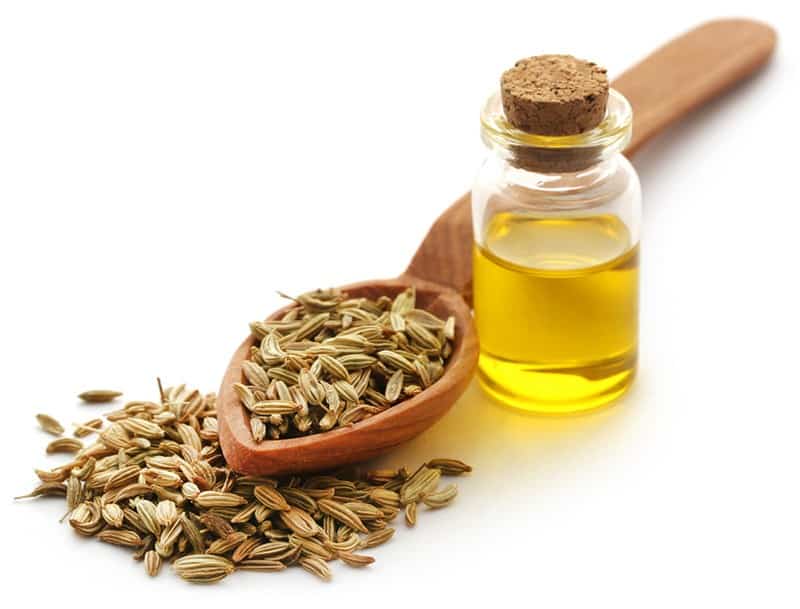
Our last pick on this list is fennel oil. This extracted oil retains the hint of anise and licorice, making it a comparable substitute for fennel seeds. You can get fennel oil from online marketplaces.
You will find this oil handy in salads, dips, soups, sausage, or baked food to add a warm and intense flavor. When using this ingredient, remember not to use too much or pair it with other oil, or your final dish will end up too oily.
This oil is not only a flavoring but also a healing agent. If you happen to cut yourself, apply this oil on the wounds for soothing and healing quickly. It also works well with poisonous bites.
Frequently Asked Questions
1. Are Cumin And Fennel The Same?
Understandably, novice home cooks usually mistake cumin for fennel for their similar oblong and ridged seeds. Not to mention, they are siblings in the Apiaceae family. But they can’t be more different.
First, cumin seeds are slightly smaller than the other and come in a brown shade. Meanwhile, fennel seeds boast a greenish hue. Some may think that these green seeds are the younger cumin seeds, but now you know the truth.
In terms of taste, they still differ though you can use them interchangeably. Cumin brings out an earthy and smoky note with a bitter aftertaste. Whereas fennel falls on the sweet side, offering a strong flavor recalling anise and licorice.
2. Can You Leave Fennel Seeds Out Of A Recipe?
Frankly, fennel seeds are not something you can miss if a recipe calls for them. We’ll explain why.
Fennel is a common spice in many dishes, from curry to meat and fish recipes, adding a signature flavor and aroma to them. Their scent and taste are so strong that they play an important role in the outcome. Leaving them out will alter its taste and ruin your original recipe.
In case you hate fennel, it’s up to you to include it or not. Otherwise, there are several herbs with a more subtle taste for you on our list.
3. Is It Harmful To Eat Too Much Fennel Seeds?
We know that you love the appealing taste of fennel lingering in your tongue after a meal, but too much of anything is bad.
Fennel seeds contain a substance called prolactin that might affect your female hormone. It mimics estrogen and breaks the balance of hormone levels. We don’t recommend these seeds for pregnant women or those with estrogen-dependent diseases like endometriosis or ovarian cancer.
An over intake of fennel seeds may also lead your skin to a more sensitive state. The phototoxic compounds in these seeds make you way more vulnerable to sunlight, prone to sunburn, and cause blisters and inflammation.
4. Fennel Seeds Are Too Bland or Too Strong For You. What Can You Do?
The chances are that you search for a fennel seed substitute, not because of shortage, but because they are too bland or strong for your taste. Here is the best way to fix it.
Too Bland
If you wish to have a more robust flavor, toasting or grinding the seeds beforehand may bring out their best.
You can simply grind them in a grinder, crush them using a pestle and mortar, or bash them in a sealed bag with a rolling pin.
For toasting, preheat a frying pan to medium heat, toast the seeds for about 2 minutes and toss them frequently so they don’t burn.
Too Strong
If you can’t stand its strong scent, add extra ingredients to your dish to overpower the fennel taste. Otherwise, some more seasonings will do the trick. Put some garlic, chili, or salt to balance the flavor. You will notice a very little hint of fennel at the end.
Conclusion
Have you found your most favored fennel seed substitute? Though fennel seeds serve you a complex flavor profile, you can rest assured that the ingredients above will more or less satisfy you.
We’ve invested a lot of effort, so next time, we hope you are confident to try out our suggestions when the recipe calls for fennel seeds. Don’t forget to visit other posts on our substitutions department to make your cooking as interesting as ever.
Related Posts:
- Substitute For Green Onion: Top 12 Options You Should Try
- Vidalia Onion Substitute – 8 Ideas For The Best Result
- Substitute For Coriander – 16 Options To Spice Up Your Dish
- Mint Substitutes: 12 Best-Recommended Options
- What Are The Best Scallion Substitutes? How To Cook Them Right?
- Top 14 Substitutes For Watercress – Your Kitchen Saviors

